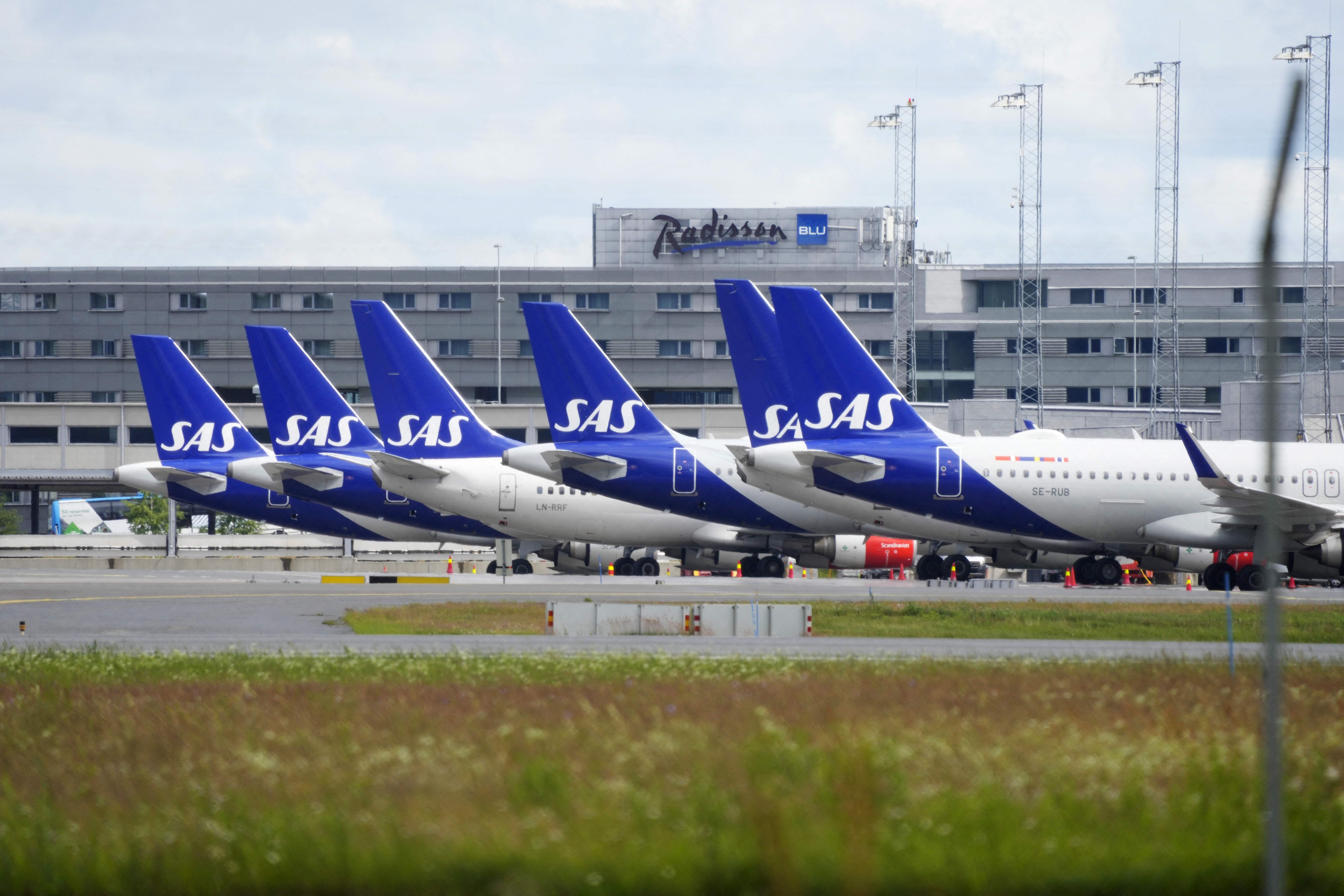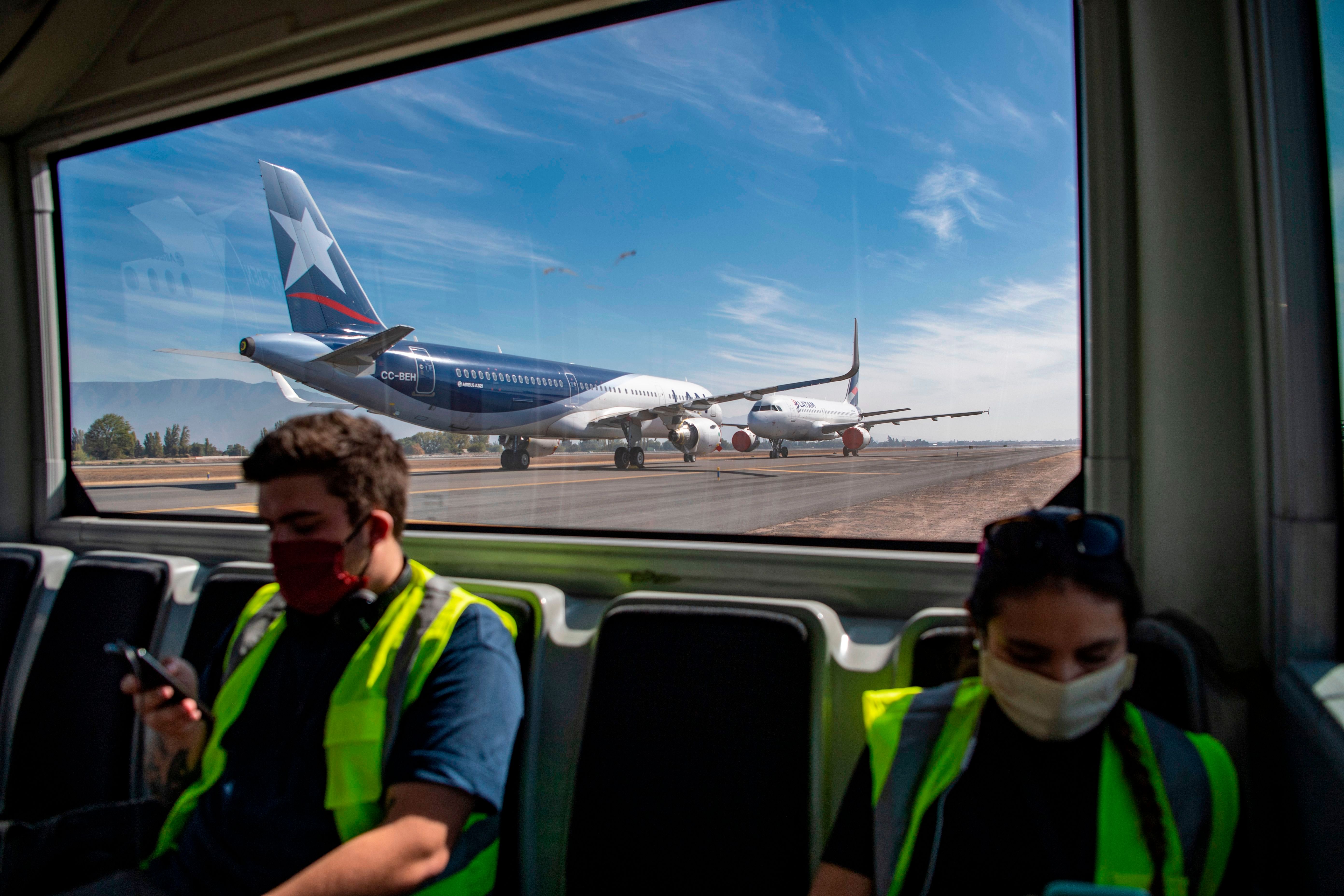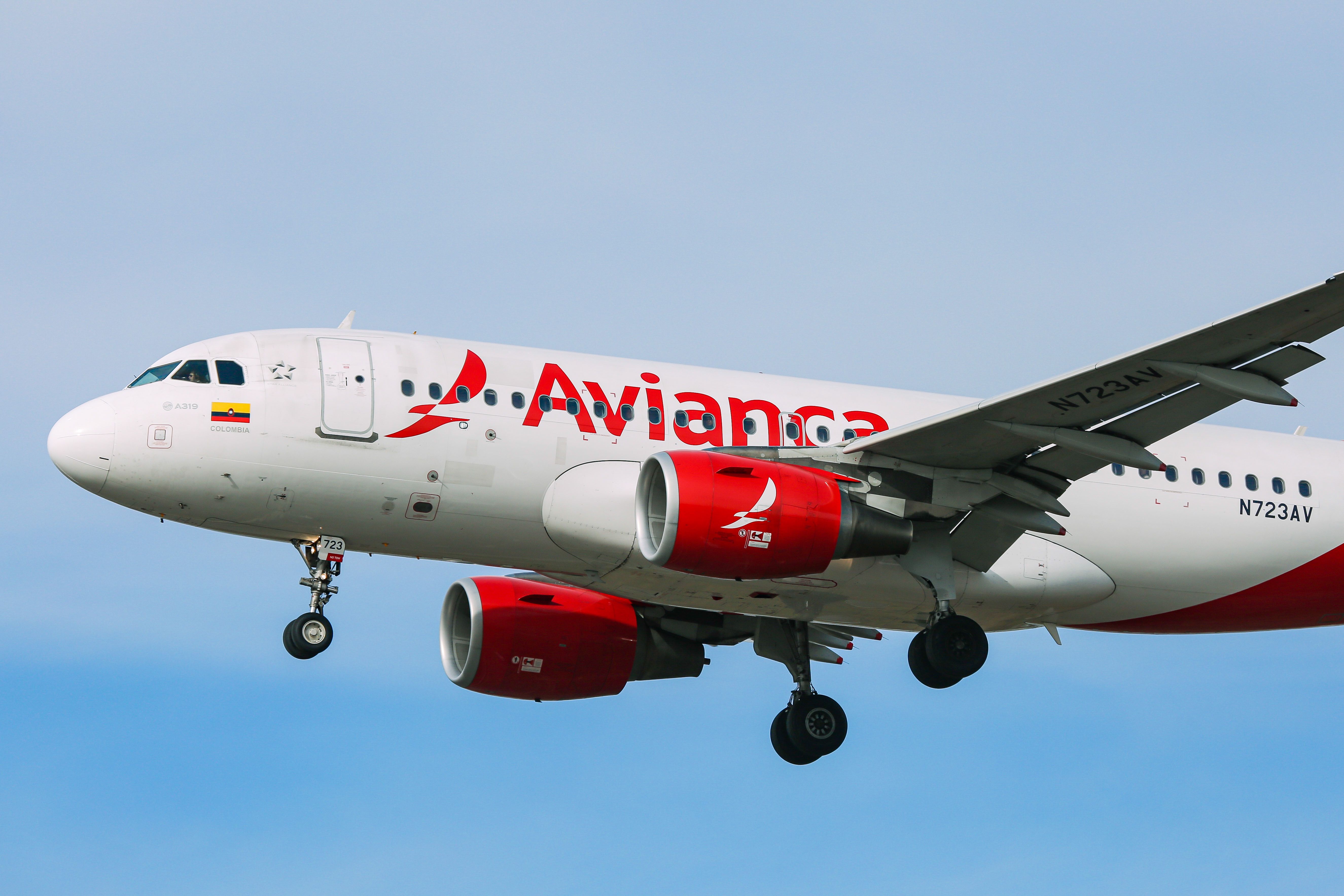Today, Scandinavian Airlines System (SAS) became the latest airline to file for Chapter 11 bankruptcy protection in the United States. Over the last two years, several airlines have begun Chapter 11 proceedings, including the likes of Avianca, LATAM, Aeromexico, Ravn Alaska, and Philippine Airlines, due to the impact of the COVID-19 crisis. But why do international airlines file for this protection, particularly when they are not domiciled in the US?
Chapter 11 in a nutshell
A Chapter 11 bankruptcy is known as a reorganization bankruptcy because the company is allowed to continue operating while restructuring its debts over a period of time. This means the airline does not go into liquidation and does not disappear. Instead, the company can borrow new money to help with debt reorganization.
When a business has to file a liquidation of assets, they close under Chapter 7 bankruptcy proceedings.
In the context of the COVID-19 pandemic, filing for Chapter 11 provides airlines “a clear and guided opportunity” to work with their creditors and other stakeholders to reduce their debts and address the commercial challenges the industry has faced in the last two years.
For instance, when Avianca filed for Chapter 11 in 2020, then CEO Anko van der Werff said this was the first step to protect the airline from a pandemic that would have a prolonged impact. Interestingly enough, Anko van der Werff is now the CEO of SAS.
SAS’ Chapter 11 is not directly related to the COVID-19 pandemic. Instead, the airline has cited material concerns regarding the impacts of its pilots' recently-announced strike, which it says "has a negative impact on the liquidity and financial position of the Company."
Why in the US?
An entity, even if it is not domiciled in the US or organized under US law, is eligible to file for relief under the bankruptcy code as long as it has a place of business or property in the United States. All the Chapter 11 airlines (from Avianca to Philippine Airlines and SAS) have operations and property in the US, therefore were eligible for this protection.
Overall, Chapter 11 provides international airlines with access to capital markets and restructuring tools that are not offered collectively in other jurisdictions.
Additionally, a US bankruptcy proceeding provides international airlines “with the most sophisticated and deepest financing alternatives, an automatic stay that is unparalleled in its reach, and a statutory framework that uniquely positions airlines to right-size their fleets and contractual obligations.”
SAS CEO, Anko van der Werff, said,
The chapter 11 process gives us legal tools to accelerate our transformation while being able to continue to operate the business as usual. We will continue to build back the network connectivity, products, and service our customers expect, and we will continue to do so throughout this process and beyond.”
How long can an airline stay in Chapter 11?
SAS expects to complete its court-supervised process in the United States in nine to 12 months.
Nonetheless, it usually takes longer for an airline to emerge from Chapter 11. Avianca filed for bankruptcy proceedings in May 2020 and exited in December 2021; Aeromexico filed in June 2020 and emerged in March 2022; LATAM filed in May 2020 and could formally emerge in the second half of 2022.
Not all airlines are able to emerge from Chapter 11, though. For instance, Pan American sought Chapter 11 protection in early 1991 before ceasing operations at the end of the same year.
Between 1978 and 2019, there were over 100 airline bankruptcy filings in the United States. While there is no official record of how many Chapter 11s ended in liquidation, many airlines are no longer flying. The list is available here and was made by Airlines for America.
Recession, fierce competition, rising costs, the Gulf War, the September 11, 2001, tragedy, and COVID-19 have prompted bankruptcy filing amongst several carriers, including the likes of American Airlines (2011), Frontier Airlines (2008), Avianca (2003), United Airlines (2003), Allegiant Air (2000), and more in the last three decades.
Source: Davis Polk.



